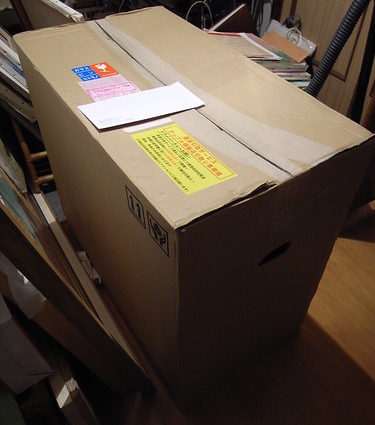Packaging is everywhere. It’s the box holding your new flatscreen TV, the bag of chips you’re holding right now. Packaging is the bags you bring home from the grocery store, and the plastic around your paper towel roll. It’s not just limited to the packing peanuts that came with your nephews christmas present in the mail. In fact, there are extremely few items that don’t have some sort of packaging present on them. With such extreme variety and diversity with packaging, it requires some serious customizability, development, and manufacturing power to make it all. From mock ups, to usability and safety testing, to the shelves, here is a brief overview of how packaging is developed in today’s world.
The Beginning
Little to no products are made based off of the packaging that they will be sold and delivered in. That wouldn’t really make much sense. Instead, packaging is built around a product. This is the foundation of packaging, and is the reason why it has become so versatile over the years. However, although there are already basically infinite box sizes, shrink wrap, and other methods of packaging that are ideal for all sorts of shapes and sizes, there’s still customizability and marketing.
In Store Packaging
A key component of packaging in stores, is marketing. No one is going to buy something they can’t look at. So being able to show your product through the packaging, is one of the most important aspects. Having bursts of color, packaging of different shapes and sizes from competing brands, and custom writing all around, are huge parts of successful packaging.
Packaging for Shipping
The real versatility of packaging is shown when it comes to shipping. There are so many different shapes and sizes of boxes and crates, heat shrink or vacuum bags, that conform to the shape of whatever product they contain, and packing peanuts, to make any box fit any size of product, and give it some protection from bumps and movement.
Safety Testing
For many packaging methods however, they must be safety tested first. This is particularly important for any form of packaging that is planned to be handled by or near children or the elderly. This packaging must contain no toxic materials, and as little items as possible that are a choking hazard. Professionals around the world will put the packaging through extensive testing, and you can be sure that what goes on those shelves, is as safe as it can be.
